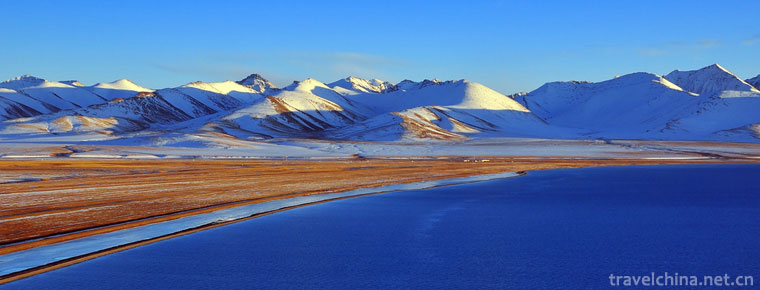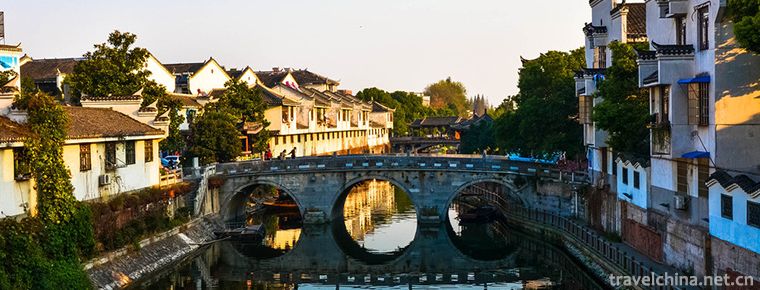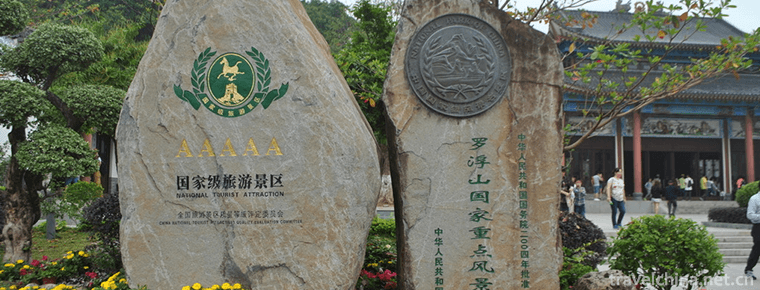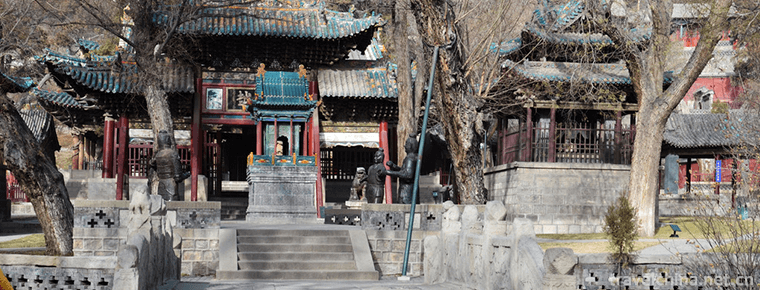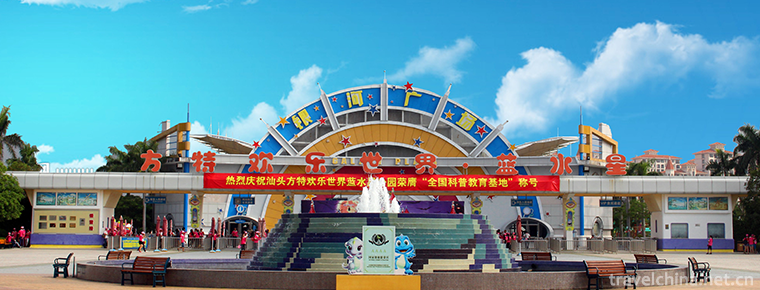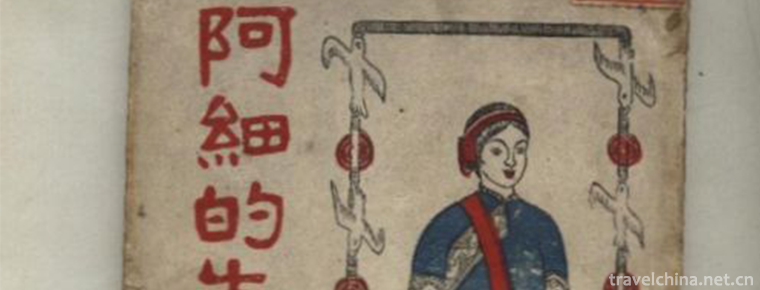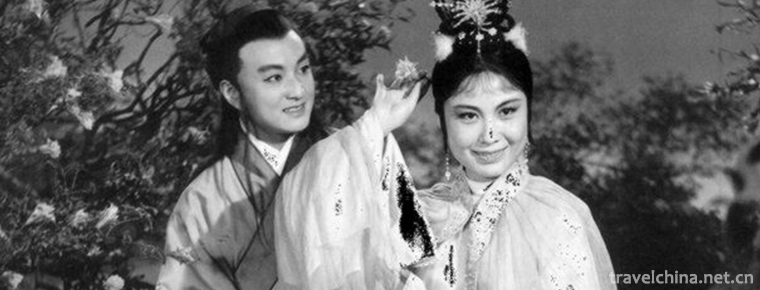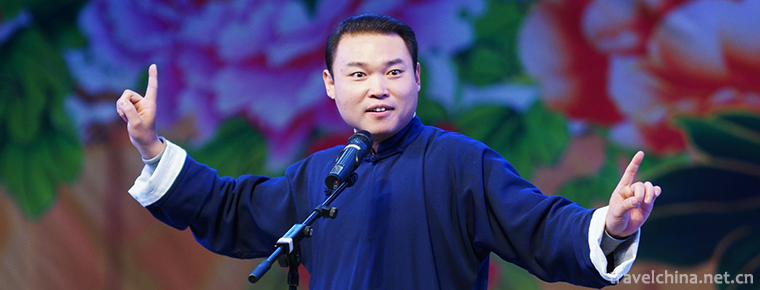The evolution of Guangyuan
The evolution of Guangyuan
Guangyuan was ruled by Yin state in Xia Dynasty and Ju state in Zhou Dynasty. At that time, the state of Ju was in a state of tripartite confrontation with the states of BA (governing Chongqing) and Shu (governing Chengdu).
In the sixth year of King Zhou Shenliang (316 B.C.), the state of Qin destroyed Shu tunju and changed Shu to Shu Prefecture. Jiameng county (now Zhaohua Town, Zhaohua District, Guangyuan City) is subordinate to Shu County of Qin state.
In the Qin Dynasty (221-207 BC), the name of the county remained unchanged.
During the Han Dynasty (206-220 BC), the county name remained unchanged.
In the Shuhan period (221-263), Liu Bei was changed to Hanshou County.
In the Western Jin Dynasty (266-316), it was changed to Jinshou county.
In the 15th year of the Eastern Jin Dynasty (390 A.D.), Xing'an County was set in the north of the county (governing the present Lizhou District), and Shoujun County of Jin was established. The county was changed to Yichang County, and the county and county governed Zhaohua town at the same time.
In the southern and Northern Dynasties (420-589), Shoujun of the Eastern Jin Dynasty was established in Xing'an County in 498, the first year of Yongtai, Ming emperor of the Southern Qi Dynasty. The Northern Wei Dynasty was changed to Xiyi Prefecture. Liang was changed to Lizhou. The Western Wei Dynasty was changed to Lizhou and set up the prefectural Office of Lizhou. The Northern Zhou Dynasty remained unchanged.
In the Sui Dynasty (581-618), Xing'an County was changed to miangu county. Li state was changed to Yicheng County, and the general office was still set up.
In Tang Dynasty (618-907), Yicheng County was changed to Lizhou. It has jurisdiction over Li, long, Shi, Peng, Jing and Sha; it has been upgraded to the governor's office, and has jurisdiction over Li, long, Shi, Jing, Xi and long.
The Five Dynasties (907-960) basically followed the Tang system. Today, the old city of Guangyuan is a county, a prefecture and a military area.
In the Song Dynasty (960-1279), miangu county was governed by Yichuan County of Lizhou and Zhaowu military area, followed by Yichuan County, governor of Lizhou, and Ningwu army.
In the Yuan Dynasty (1271-1368), the capital of miangu county was set up at the beginning, and then transferred from Jingzhao (now Xianyang) to Shaanxi and Sichuan Province. In the Yuan Dynasty, it took the meaning of "Daya Qianyuan" in the book of changes and Dewei broadcasting in the Yuan Dynasty. It changed miangu County into Guangyuan County and Lizhou road into Guangyuan Road, governing miangu (Guangyuan) and Zhaohua counties, Baoning one government, Jianlong, Ba and Mianyang. Later, Guangyuan County was upgraded to Guangyuan Prefecture.
In the Ming Dynasty (1368-1644), Guangyuan government was established at the beginning, then it was changed into a state, and then it was reduced to a county.
The Qing Dynasty (1644-1912) and the Republic of China (1912-1949) followed the Ming system.
On December 14 and 15, 1949, Guangyuan and Zhaohua were liberated.
In March 1950, Jiange Commissioner's office and local committee were established in Guangyuan urban area, governing 10 counties, including Zhaohua, Guangyuan, Jiange, Qingchuan, Pingwu, Beichuan, Jiangyou, Wangcang, Cangxi and Langzhong.
In March 1959, Zhaohua county was incorporated into Guangyuan County.
In February 1985, Guangyuan County was abolished and prefecture level Guangyuan City and Shizhong District were established, and the former Guangyuan County was changed into Shizhong District of Guangyuan City; Qingchuan, Wangcang, and Jiange counties of the former Mianyang special area were under the jurisdiction of Guangyuan City; on June 1 of the same year, the people's Government of Guangyuan City was established; and in September of the same year, Cangxi County of Nanchong special district was put under the jurisdiction of Guangyuan City.
On May 11, 1989, Shizhong District was reduced to two suburbs (county level) of Yuanba and Chaotian.
On March 13, 2007, Shizhong District was renamed Lizhou district.
On April 1, 2013, Yuanba district was renamed Zhaohua district.

The evolution of Guangyuan
-
Sanhe ancient town Scenic Area
Sanhe Ancient Town Scenic Area is located in Feixi County, Hefei City, on the shore of Chaohu Lake, adjacent to Lujiang County and Shucheng County
Views: 172 Time 2018-12-08 -
Luofu Mountain Scenic Area
Luofu Mountain Scenic Area is a national AAAAA level scenic area. It is located on the Dongjiang River of Guangdong Province, 35 kilometers away from Boluo County, Huizhou City
Views: 330 Time 2018-12-12 -
Jin Memorial Temple
Jinci Temple is located in Jinci Town, Jinyuan District, Taiyuan City, Shanxi Province. It was originally called Jinwang Temple and was first named Tang Shuyu Temple.
Views: 150 Time 2019-01-29 -
Shantou Fangte Happy World Blue Mercury Theme Park
Shantou Fangte Happy World Blue Mercury Theme Park is the first participatory high-tech theme park in eastern Guangdong with science fiction as its theme, integrating entertainment,
Views: 229 Time 2019-02-08 -
Ah Xi Xian Ji
"Xianji" is an epic of the Ashi people of the Yi tribe, which is spread orally among the Ashi people in the Xishan area of Maile City, Yunnan Province. "Xianji" is the transliterat
Views: 205 Time 2019-03-28 -
Legend of Cowherd and Weaver Girl
Niulang and Zhinu are one of the four Chinese folk love legends (the other three are Legends of White Snake, Meng Jiangnu Crying Great Wall, Liang Shanbo and Zhu Yingtai). They derive from the star na
Views: 342 Time 2019-06-08 -
yangzhou storytelling
Yangzhou Dialect Commentary is a kind of folk art storytelling in Yangzhou dialect, which was developed in the early Qing Dynasty and popular in northern Jiangsu and Zhenjiang, Nanjing and Shanghai.
Views: 124 Time 2019-07-10 -
Laojunshan scenic spot in Pingshan County
Laojunshan scenic spot in Pingshan County is a provincial scenic spot approved by the people's Government of Sichuan Province. It is located on the southern edge of Sichuan Basin and is located on the arc-shaped tourism line of Chengdu Emei
Views: 172 Time 2020-10-16 -
The first bay of the Yellow River
The first bay of Jiuqu Yellow River is located in Tangke Town, Zoige County, Aba Tibetan and Qiang Autonomous Prefecture, Sichuan Province. It is the junction of Sichuan, Qinghai and Gansu provinces.
Views: 150 Time 2020-11-07 -
Characteristics and types of Chinese embroidery
The main artistic features of hand embroidery are neat patterns, beautiful silk, fresh and elegant colors, rich needlework, appropriate elegance and beauty, and exquisite and exquisite embroidery. As far as the needling methods of embroidery are concerned,
Views: 242 Time 2020-12-12 -
Neijiang climate
Neijiang City belongs to subtropical humid monsoon climate. Affected by the basin and the natural environment, it has the characteristics of mild climate, abundant rainfall, sufficient light and heat, and long frost free period. It is warm in winter and hot in summer,
Views: 306 Time 2020-12-16
